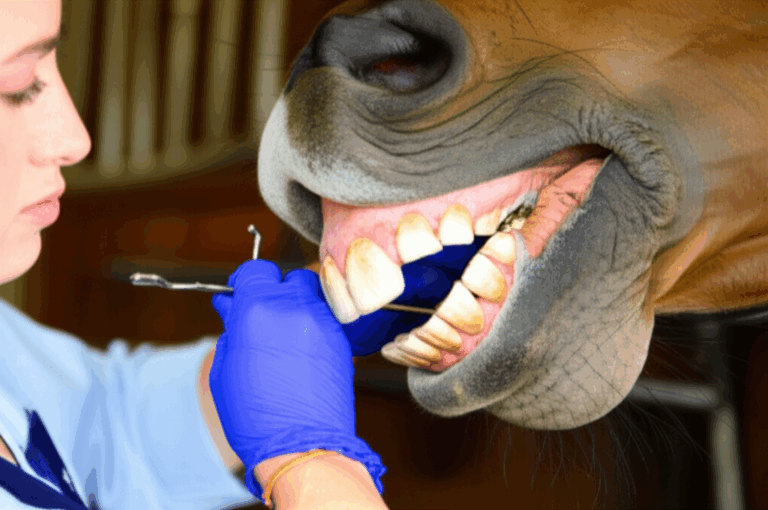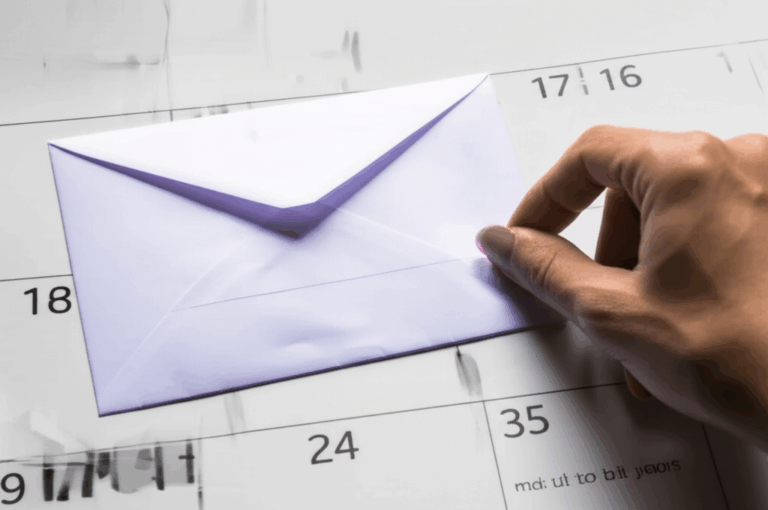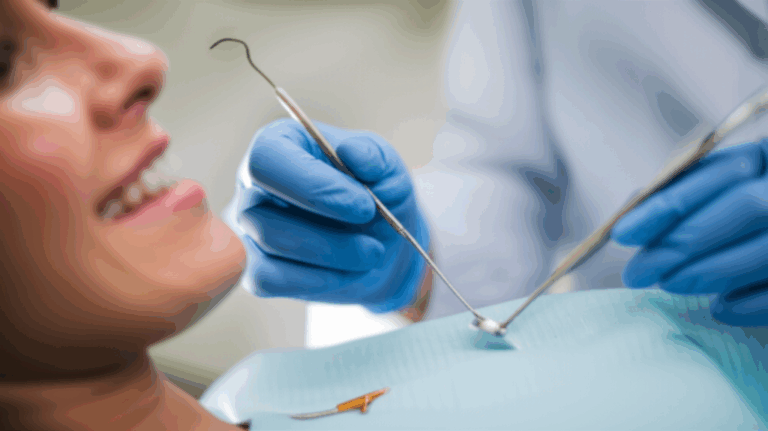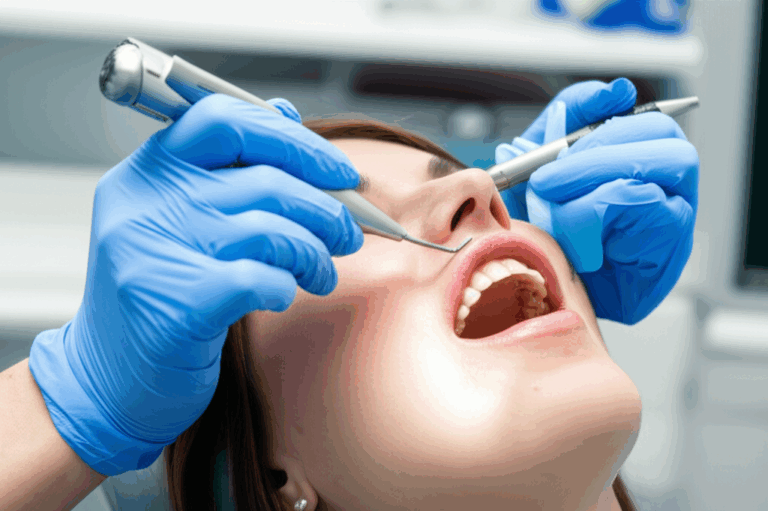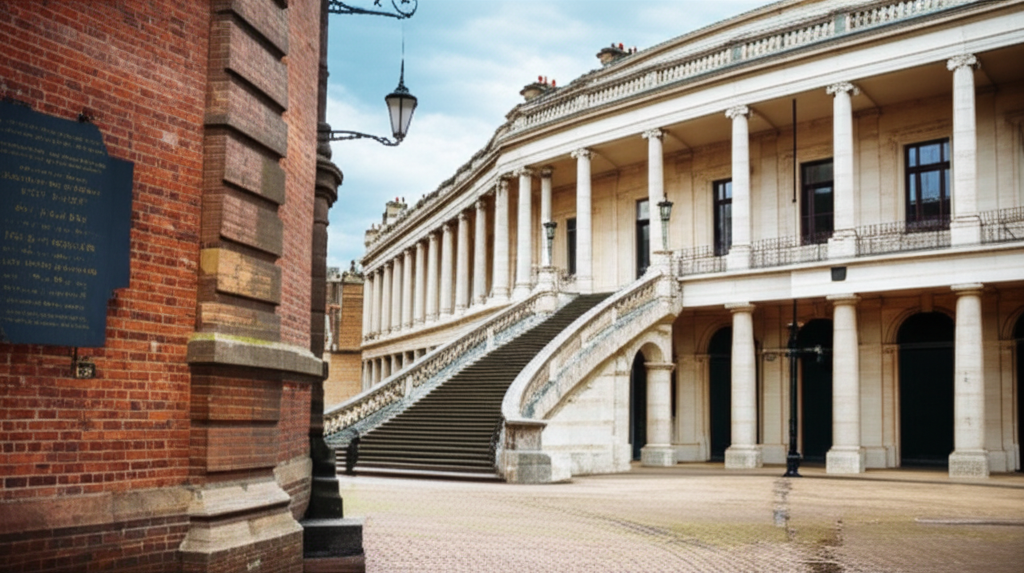
How to Become a Dentist in the USA from India: Your Simple, Honest Guide
That dream of working as a dentist in the USA—it’s big, brave, and maybe a little scary. If you’re an Indian BDS graduate, you’ve probably wondered: Can I really do it? What steps do I need to take? And most importantly, is it worth all the hard work?
You’re not alone in feeling unsure. Many dentists from other countries have made this move to the United States, but the process can feel like a confusing maze—full of new words, exams, and rules. Take a deep breath. You’re in the right place.
This guide aims to break down everything you need to know: the steps, the costs, the real challenges, and the good things waiting on the other side. No fancy words, no confusion—just clear, simple advice made for you. Let’s get started.
In This Article
- Why Try Dentistry in the USA?
- Can My Indian BDS Help Me Work as a Dentist in the US?
- Your Two Main Choices: Advanced Standing vs. Full DDS/DMD Programs
- Step-by-Step: The Advanced Standing Path
- Full DDS/DMD: When You Might Need To Start Again
- US Dental Exams: INBDE and Clinical Exams Explained
- Student Visas, Working, and Immigration Basics
- Money Matters: Tuition, Costs, and Paying for School
- Real Problems and Real Rewards
- Backup Careers: If DDS/DMD Doesn’t Work Out
- Quick Questions and Answers
- Key Things to Remember
Why Try Dentistry in the USA?
Let’s start with why. You may be thinking, “Is all this trouble really worth it?”
High Standards and Modern Care
In the US, being a dentist is not just a job—it’s a respected career built on new technology, strong safety rules, and ongoing learning. Dentists lead teams, use the latest tools, and make a real difference in their communities.
Pay and Chances to Grow
On average, a dentist in the US makes between $160,000 and $200,000 each year. There are lots of jobs, especially as more people need dental care and new tech comes out. Plus, if you want to get ahead, there are extra areas to move into like braces, root canals, or even working in public health.
Work Options for Every Lifestyle
Whether you want to work in busy city offices, small-town clinics, or in hospitals, you’ll find something that fits your goals and way of living.
So, yes—the road is hard, but the rewards—job pride, money, and personal happiness—can be huge.
Can My Indian BDS Help Me Work as a Dentist in the US?
Let’s clear up this big question right away.
Why Can’t I Work as a Dentist in the US with a BDS from India?
Here’s the simple answer: The US does not accept a BDS degree from India for full dentist jobs. You can’t just sign up and start treating people.
Why not? US dental training and rules are different. Every dentist must have a DDS (Doctor of Dental Surgery) or DMD (Doctor of Medicine in Dentistry) from a US-accredited school.
But don’t worry! There are real ways for foreign-trained dentists like you to fill the gap. You need to get a DDS or DMD in the US, usually through something called an Advanced Standing Program (ASP) or International Dentist Program (IDP). There’s also the normal 4-year DDS/DMD for people starting fresh.
Your Two Main Choices: Advanced Standing vs. Full DDS/DMD Programs
Advanced Standing Programs—The Fast Track
Think of ASPs as a shortcut for dentists trained outside the US. You can usually finish your US DDS or DMD in just 2–3 years instead of four.
- Who can apply? Anyone with a recognized BDS, often with some working experience.
- What do you get? A US DDS or DMD, which lets you take licensing tests and work as a dentist.
- Hard part? ASPs are tough to get into—some schools pick less than 10% of people who apply.
The Full DDS/DMD—Starting from the Beginning
Some BDS grads end up doing the full 4-year US dental program. This can be needed if:
- Your BDS isn’t accepted for ASPs.
- You want to learn everything the US way.
- You’re starting your dental career from zero in the US.
This way is longer and costs more, but it works for some people.
Step-by-Step: The Advanced Standing Path
Let’s get practical. Here’s how you can turn that BDS into a US DDS (or DMD) with Advanced Standing.
1. Check Your Credentials
- Get your Indian BDS looked at by agencies like ECE or WES. They explain your degree in US terms—this is needed for your application.
2. Pass the INBDE Exam
- The Integrated National Board Dental Examination (INBDE) is your first big test. It covers US dental knowledge and thinking. Many need 6–12 months to study. First time passing rates for foreign dentists are about 60–70%.
- Resources: Official ADA study materials.
3. Show Good English Skills
- Almost all ASPs want a strong TOEFL iBT score (often 100+). Start practicing early. For most, this test is just as important as dental skills.
4. Make a Great Application
- How to apply? Use the ADEA CAAPID (Advanced Placement for International Dentists) system.
- Add:
- Good grades
- Detailed resume with work, research, or helping others
- Good letters from teachers or bosses
- Honest and personal statement (tell your story!)
- Degree check results and all test results
5. Practice for the Bench Test
- The “bench test” is a hands-on test in dental skills the US way. You’ll show drilling, filling, and shaping. Practice helps—online coaching and dental groups are useful.
6. Get Ready for the Interview
- If you make the shortlist, prepare for online or in-person interviews. They want to see how you think, talk, and get along with patients and team members.
7. Handle Your Visa Stuff
- Once you’re in, you need an F-1 student visa. Be ready to show you can pay for school, have the offer letter, and can move to the US.
8. Start Your Program
- ASPs are 2–3 years long. Get ready for hard classes, hands-on work, and lots of checks on your progress.
Examples of Schools with ASPs:
NYU, University of Pennsylvania, Boston University, University of Illinois-Chicago, UCSF, and Loma Linda University have programs like this. Each is a little different, but main rules are much the same.
Full DDS/DMD: When You Might Need To Start Again
Some foreign-trained dentists must do the whole 4-year program. This is needed when:
- Your BDS or grades are not accepted for ASPs.
- You want to learn the full US dental school content.
- You’d rather build your network and skills from the bottom up.
How it works:
- You need the required “pre-dental” college courses (often in the US or from your home country if they count).
- You must take the Dental Admission Test (DAT)—this is tough and tests your science and thinking skills.
- Apply with ADEA AADSAS.
- If you get in, be ready for four years of hard classes, clinics, and helping patients.
Downsides:
It takes more time and money, but opens every possible door—from licensure to specialist training or teaching.
US Dental Exams: INBDE and Clinical Exams Explained
Think of US dental licensing as two main steps.
1. INBDE (Integrated National Board Dental Examination)
- Taken before or during application to ASPs. It’s the main theory test.
- Covers basic dental science, law and patient care.
- It now replaces the old NBDE Parts I & II.
2. Clinical Board Exams
Once you finish your US DDS or DMD, you must pass a practical exam to work as a dentist:
- Types: ADEX, CDCA, WREB
- Tests your hands-on and thinking skills.
- Rules are a little different in each US state—check early with the dental board in your chosen state.
Extra step: Some states want you to take a law or ethics test too. Always look up the rules in the state where you want to work.
Student Visas, Working, and Immigration Basics
Dealing with immigration and visas is a big part of the journey.
F-1 Student Visa
- Needed for international dental students in the US.
- You need Form I-20 from your school to prove you’re accepted.
- Show you can pay: The US wants to see you have the money for school and living (sometimes $200,000+ for the whole course). Plan with savings, loans, or family help.
Optional Practical Training (OPT)
- After you graduate, you can get up to 12 months of OPT to work in dentistry.
- This helps you get real work experience and make new contacts.
H-1B Work Visa
- After OPT, some get H-1B visas for jobs. These are tough to get and by lottery, but can let you work longer in the US.
Green Card
- Getting a green card (permanent living spot) takes more time. Some dentists get it through job-based plans (like EB-2 or EB-3) or if they work in areas that need dentists badly.
Tip: Start learning about US immigration early. Ask your school or talk with a visa expert.
Money Matters: Tuition, Costs, and Paying for School
Let’s be honest—it costs a lot to get a dental degree in the US.
How Much Does It Cost?
Let’s look at common costs for ASPs (2–3 years):
- Tuition & Fees: $70,000–$120,000 each year
- Living Costs: $20,000–$40,000 each year
- Tests (INBDE, board exams): $2,000–$3,000 total
- Degree Check: $200–$500
- Other Costs: Health insurance, application fees, books
Total?
From start to finish, plan for $200,000–$400,000+ for the full process.
How Do I Pay for It?
- Savings / family help: Most international students use their money or family gifts.
- Scholarships: There are a few, but they’re rare and hard to get.
- Private loans: Some are there, but you almost always need a US family member or friend to sign with you.
- Working: Only small jobs are allowed on campus for F-1 visa holders.
Plan ahead:
Start thinking about how you’ll pay as soon as you can. It helps with visa approval too.
Real Problems and Real Rewards
You might wonder: “Can I do it? What’s hard about this path?”
The Problems
- The Money: Costs are high, and not much help is available.
- The Competition: Lots of people apply for only a few spots. You need good grades, clear English, and strong dental skills.
- School and Culture: US schools are tough. You’ll need to learn not just dental science, but also how to talk with patients and work in US ways.
- Visa and Paperwork: There’s always paperwork, from student visas to getting permission to work.
The Rewards
But here’s the good news.
- Career Pride and Respect: Dentists in the US are well paid and respected.
- More Career Paths: You can try braces, working with kids, oral surgery, and more.
- Latest Technology: Work with the newest tools and materials. (Check out digital dental lab resource for an idea of what’s coming.)
- Grow as a Person: Adapting to a new place makes you stronger, more independent, and open to new ideas.
Backup Careers: If DDS/DMD Doesn’t Work Out
Not everyone can finish a DDS/DMD. But there are other jobs:
- Dental Hygienist or Assistant: These jobs need shorter training, and some states are good for overseas dentists. You’ll earn and do less than dentists, though.
- Dental Research: If you love science, jobs are there in colleges or dental companies—often after more degrees.
- Public Health (MPH): Some BDS holders do a master’s in public health and work in planning or health programs.
You can read more about other roles by checking guides at patient dental.
Quick Questions and Answers
Can I work as a US dentist with just my BDS?
No. You need a US DDS or DMD—usually via an ASP or the full 4-year way.
How long does the process need?
Most people take 4–6 years after BDS to finish.
How much does a US dentist make?
About $160,000 to $200,000+ each year, depending on your experience and where you work.
Are some states easier for foreign dentists?
States like New York or California have more ways for international dentists, but you still must have a US degree.
What is the toughest part for Indian dentists coming to the US?
Most say the money, learning new ways to talk to patients, and passing US style bench tests.
Can I start a specialty right after my DDS/DMD?
Yes, but getting into those programs is also tough, with more tests and competitions.
Key Things to Remember
Here’s what’s most important for your plan:
- The path is long, but many foreign dentists have done it.
- Focus on the INBDE first—a good score helps you get in.
- Start your money plan early.
- Connect with other international dentists for support—talk to groups, look at ADA advice, and join alumni networks.
- Always have a Plan B—backup jobs can have meaning too.
- Stay strong—the journey is for people who keep trying, who are curious, and who care for others.
Your Next Step:
If you’re serious about becoming a dentist in the USA, start by studying for the INBDE, checking degree requirements, and reaching out to schools. The faster you start, the better your chance for success.
Remember: even big journeys start with a single step. And at the end, it’s more than a job—you’ll get new skills, a wider view of the world, and the power to really make a change wherever you work.
This article is for learning. For the latest steps and details, always check with the ADA, official school websites, and trusted degree checking services.
BONUS: Curious About Dental Technology in the USA?
If you want your own clinic someday, you’ll see amazing tools and materials in the US. From digital crowns to strong new ceramics, labs like dental ceramics lab are leading the way—just one part of the high-tech future you could be a part of.
*Medically reviewed by: Dr. Anika Patel, DDS
Affiliated with: American Dental Association (ADA), Indian Dental Association
Date: [Insert Date Here]*
Need more? Read our dental practical guide for more tips for international dentists.

